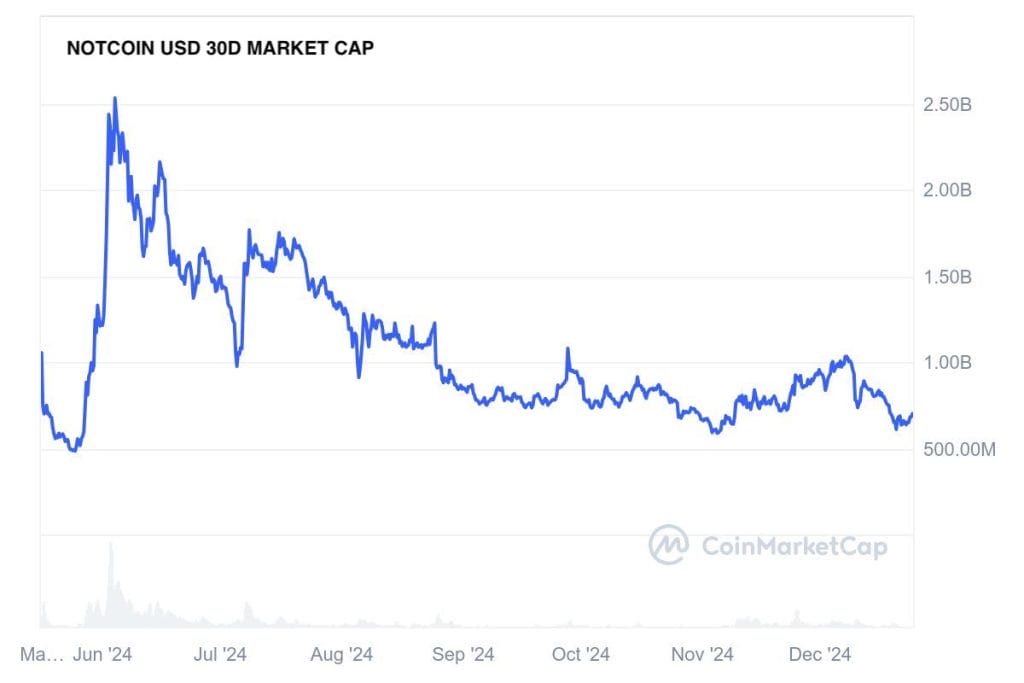Last updated:
 Why Trust Cryptonews
Why Trust Cryptonews

Tether officially launched Hadron on November 14 to make asset tokenization accessible to a wide range of users.
According to Tether’s announcement, Hadron provides a streamlined platform for creating and managing digital tokens, allowing users to tokenize assets such as stocks, bonds, and stablecoins.
Hadron Targets Users Across Various Industries
Hadron’s platform offers a range of tools designed to support secure asset tokenization. It integrates compliance features such as Know-Your-Customer (KYC) and Anti-Money Laundering (AML) protocols.
The platform is built to support a variety of tokenized assets, including stablecoins linked to fiat or commodities. It also accommodates more complex structures, like assets backed by multiple types of collateral, potentially broadening options for corporate and government users.
“We believe Hadron by Tether will significantly improve the financial industry. By leveraging all Tether’s technology – which today has already secured 125 billion dollars – we’re making asset tokenization easier, secure and scalable,” said Tether CEO Paolo Ardoino.
Hadron operates across multiple blockchain networks, including support for Bitcoin Layer 2 solutions like Liquid by Blockstream.
The statement suggested that Security measures are central to Hadron’s framework, as it incorporates cryptographic security and configurable multi-signature wallets.
“Our goal is to create new opportunities for businesses and governments, while also making the digital asset space more accessible and transparent,” stated Ardoino.
“While traditional finance institutions have always pushed for closed ecosystems that are opaque to citizens, Hadron by Tether reinforces our commitment to build a more inclusive future,” said Ardoino.
Tether Introduces New Wallet Development Kit
Tether previously introduced a Wallet Development Kit (WDK) to integrate non-custodial wallets into various applications and websites.
Launched on the anniversary of the Bitcoin Whitepaper, the WDK enables businesses and developers to incorporate wallet functionalities without relying on third parties. This toolkit supports human users and automated systems, including AI agents and robots.
According to the company, the WDK’s flexible design allows for customization, making it adaptable across industries. Tether highlighted its ease of setup, enabling developers to quickly integrate non-custodial wallets into mobile, desktop, and web environments.





